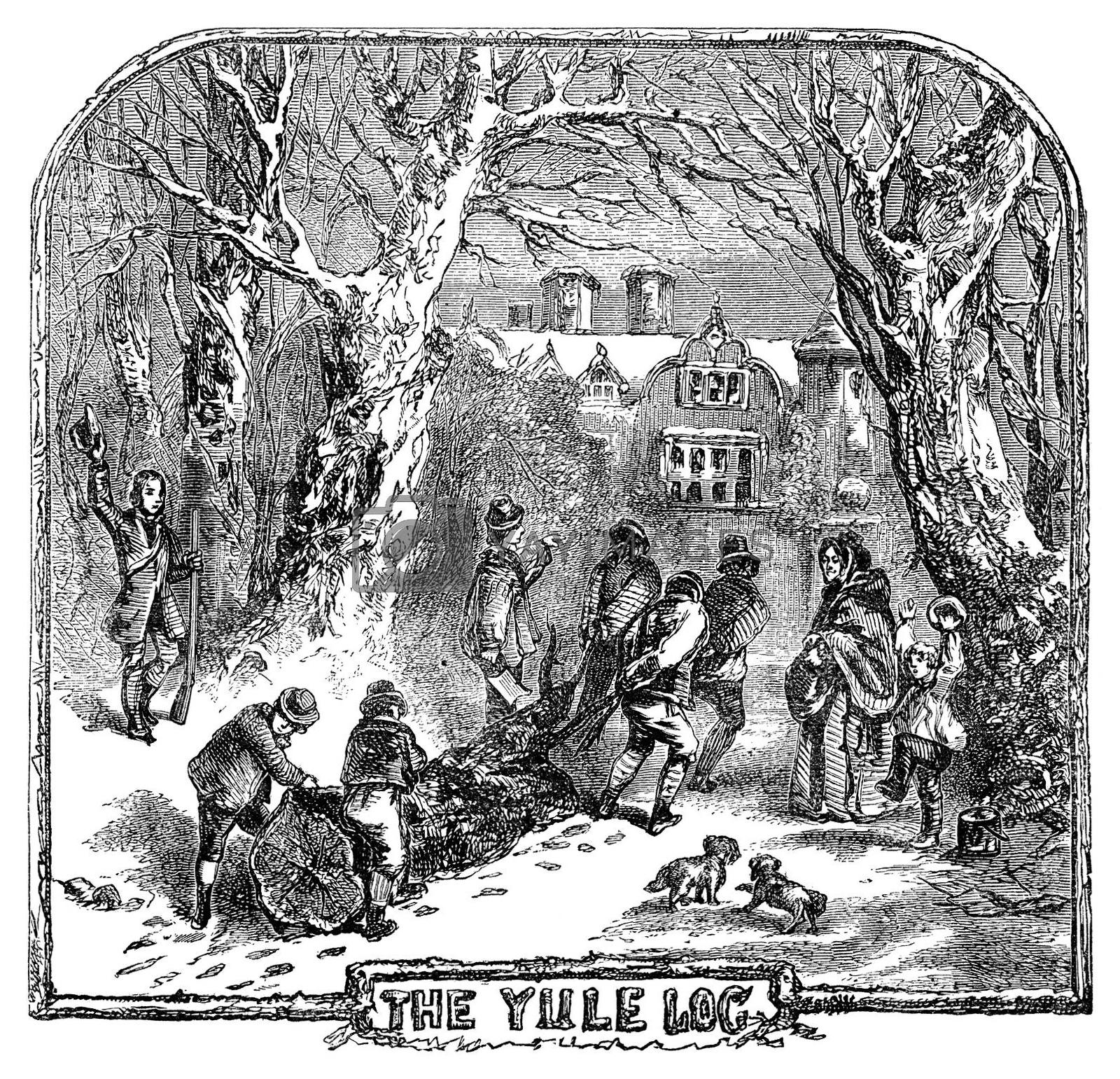
Happy Yule! and Happy Winter Solstice!
(article from 2016)
"Beneath your Christmas trees, egg nog, and fat jolly guys in red suits lie the roots of one of the year’s more important Pagan festivals. Winter Solstice, The Long Night, or Yule (from the Norse Jul, which means 'wheel') is the time when many witches gather with family and friends to eat good food, drink wassail, and say goodbye to the sun as it hits its low point in the sky—this year on [Monday], Dec. 21."
"The phenomenon of waning sunlight is central to the Yule holiday. Each day, as the sun rises on the eastern horizon, it moves a couple degrees north or south. The closer to summer solstice, the further north the sun will rise and set; the closer to winter solstice, the further south. Interestingly, at the solstices, the sun will rise and set at the same degree three days in a row."
"A lot can happen in three days. For Pagans, this was the annual 'reset button' for the sun, whose power was seen to wax and wane throughout the year. At winter solstice, the sun was thought to 'die', only to be 'resurrected' three days later. And though ancient people eventually came to understand the sun would come back, it was still scary to watch the earth shut down and the light grow dim. Many cultures saw this as the face of primordial chaos asserting its influence, wiping away all the order humans had delicately put into place. In Rome, people celebrated Saturnalia as a way to appease The Lord of Misrule. In Central Europe, we see Krampus as the face of mayhem. For ancient Egyptians, the last moments of Osiris’ entombment took place on the solstice—three days later, Isis would give birth to Horus."
via Yule, The Long Night, and the Pagan Roots of Christmas Traditions

There are no comments yet.